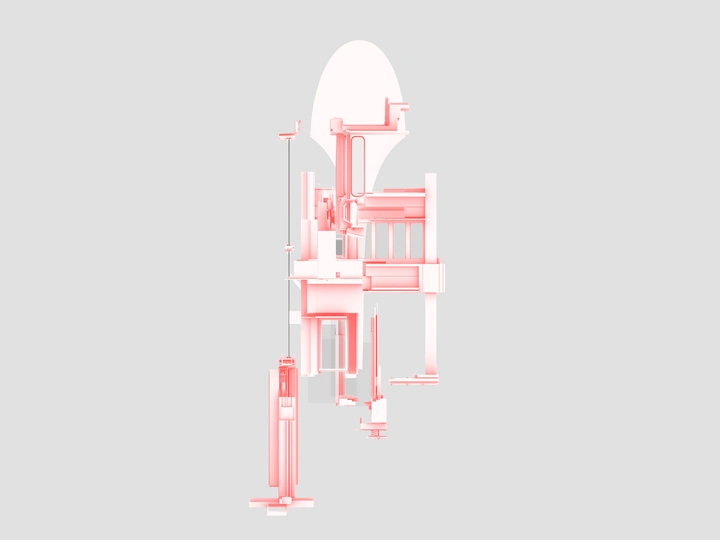What is the secret of the architectural detail?

Dr. Miloš Kostić (1990), M.Sc. Architect, active in the domain of architecture, spatial design, photography, and visual form. Currently interested in researching the intersecting forms of architecture and other media, mainly text, photography, film, and diagrammatic thinking.
He received his doctorate at the University of Belgrade - Faculty of Architecture in 2021, where he worked as a teaching assistant at the Department of Architecture until 2022. He has published several scientific articles and conference proceedings and organized several student workshops creation with a focus on spatial installations, such as the In:Continuum, Plastic Landscapes, Okreni Promeni - Napravi Krug. In 2023 together with professor Ivan Rašković he received the international HERSUS award for innovative instructors, for the elective subject curriculum „Architecture.Film.Epoch.“ He is also actively engaged in architectural practice within the _petougao_ group, and currently lives and works between Munich and Belgrade.
He is awarded at numerous architectural competitions and exhibitions: 3rd prize at the international competition for the development of the urban-architectural design of the promenade "Budva shell" (2023), 1st prize for the project of the old town complex in the Tulbe settlement in Vranje (2019); 1st prize at the competition for the arrangement of public space Nova mesta in Novi Sad, (2018); 1st prize at the competition for the project of temporary spatial installation in Kraguejvac (2018). He received professional recognitions at various architectural exhibitions, such as an honorable mention in the category of architectural photography for the work "Dobrović in detail" at the Salon of Architecture in Belgrade (2023), 1st prize for architectural photography at the International Forum for Architecture and Urbanism in Tirana (2019), and honorable mentions in the category of architectural competitions at the Salon of Architecture in Novi Sad (2021, 2018).
What are the alternative ways of building that are hidden behind recognized architectural projects, which point us to new and unusual ways of using local knowledge, materials, skills, and labor in creating quality spaces and built environments? How do these projects speak about new sustainable ways of planning, building, and realizing architectural ideas, as much as about the standard linear design process and the need for its critical review? How knowledge from current practice, which takes place in the context of the constant crisis of third countries, can help us to discover new alternative ways to create a relationship between the micro and macro levels of architectural thinking and acting? Starting from the details, the research moves through the individual author's narratives to the understanding of the wider socio-cultural context that shapes what we get as the final representation of the architectural object.
The presented study represents the application of a defined methodological-interpretive model in the analysis of contemporary tectonic practice in the context of Serbia and the possibility for a wider interdisciplinary reading of the development of thoughts about architectural detail in the 21st century. Projects nominated by the national committee of the Republic of Serbia for the EU Award Mies van der Rohe were selected as case studies, as the aim of the award is to understand the importance, complexity, and quality of architecture in relation to technological, construction, social, economic, cultural, and aesthetic achievements, which directly affirms and promotes contemporary architectural practice. The collected data are presented through a set of graphic discursive networks (identity cards of details) that serve to illustrate the relationships between respondents' views on the design process and realization of details and point to certain knowledge and conditions from practice, which significantly determined the design direction.